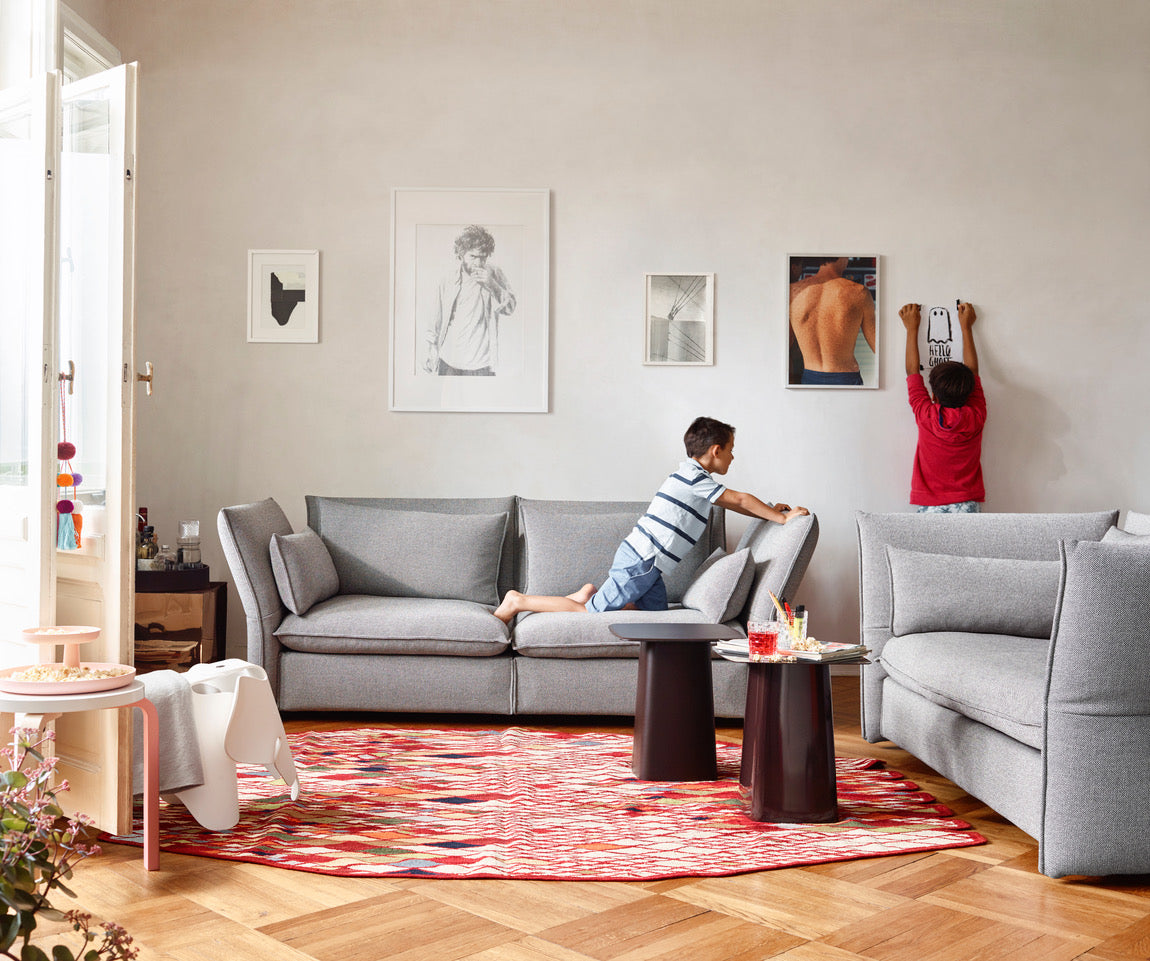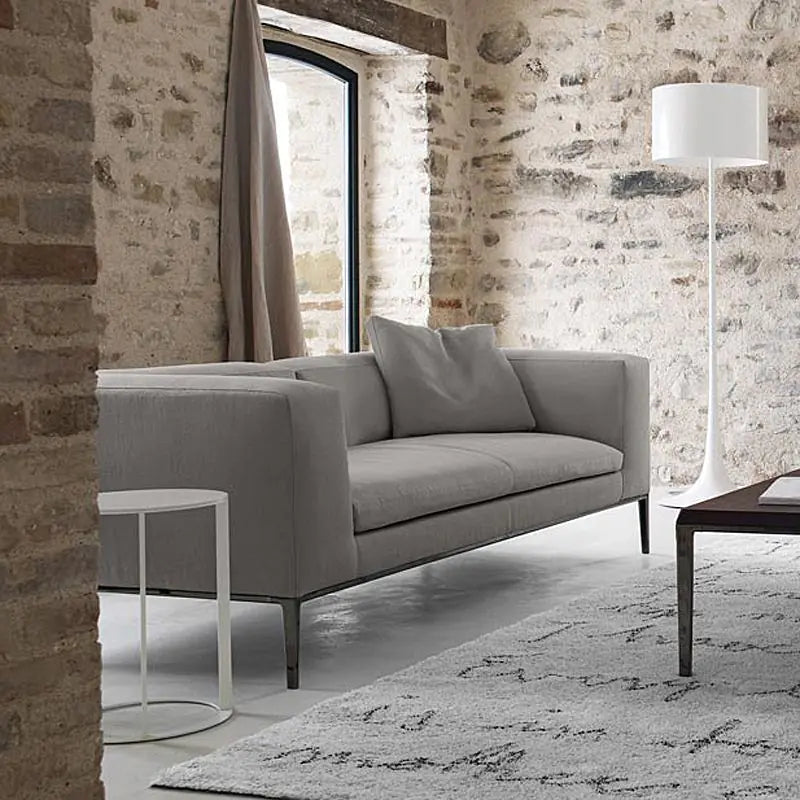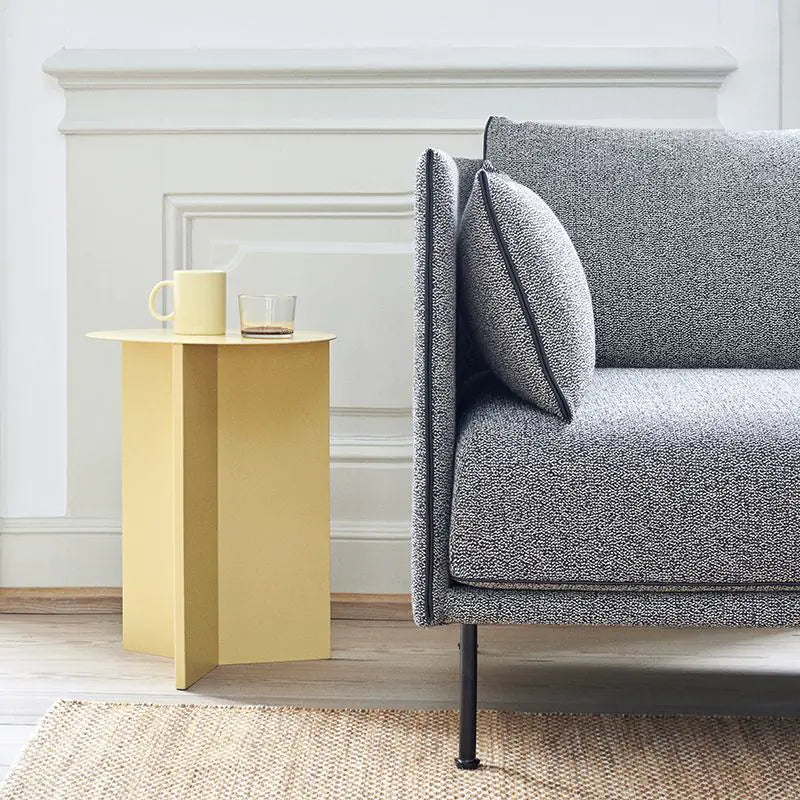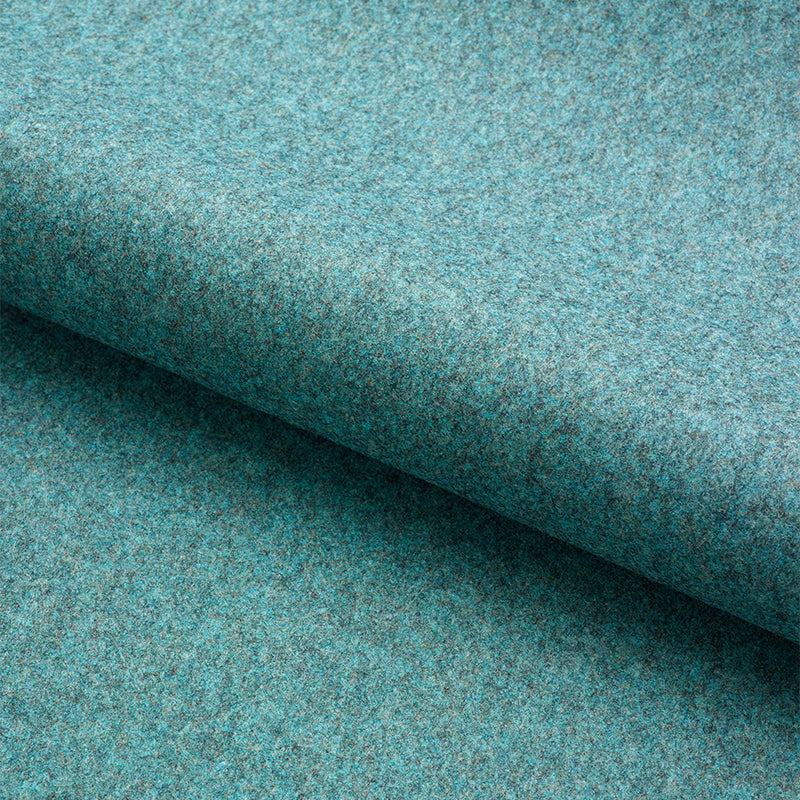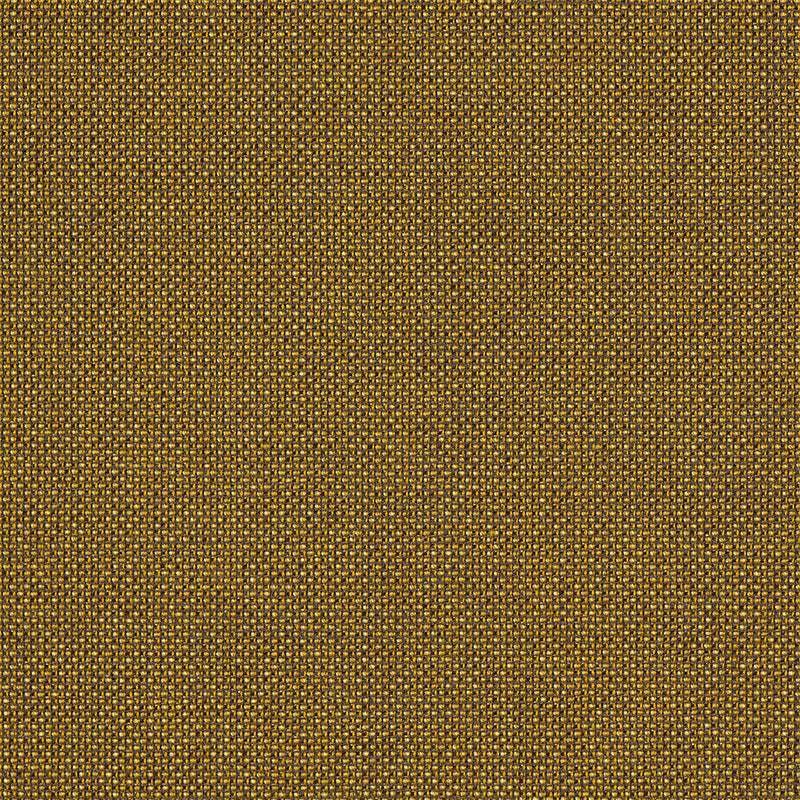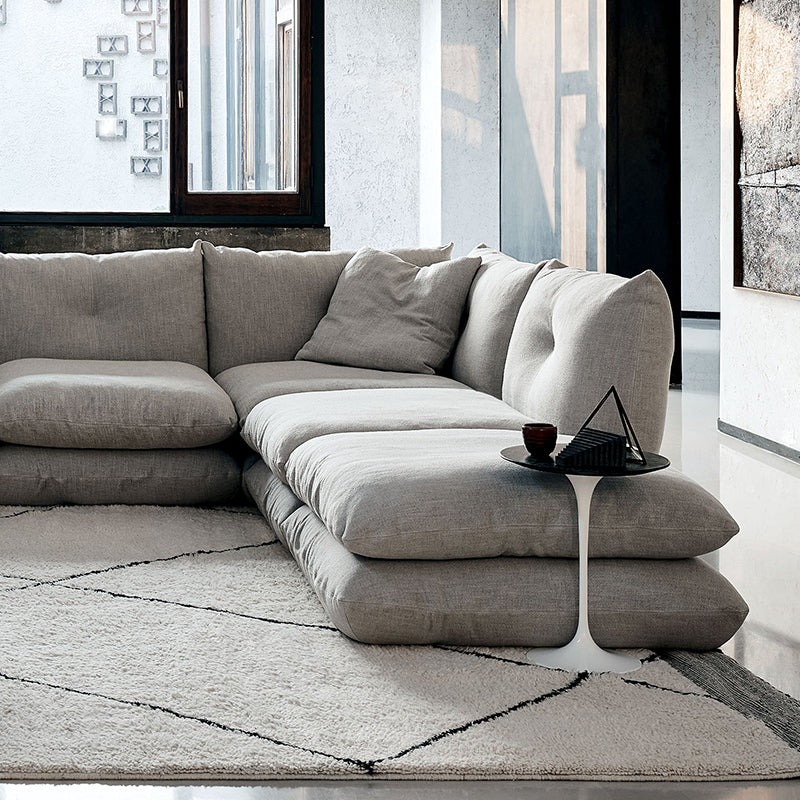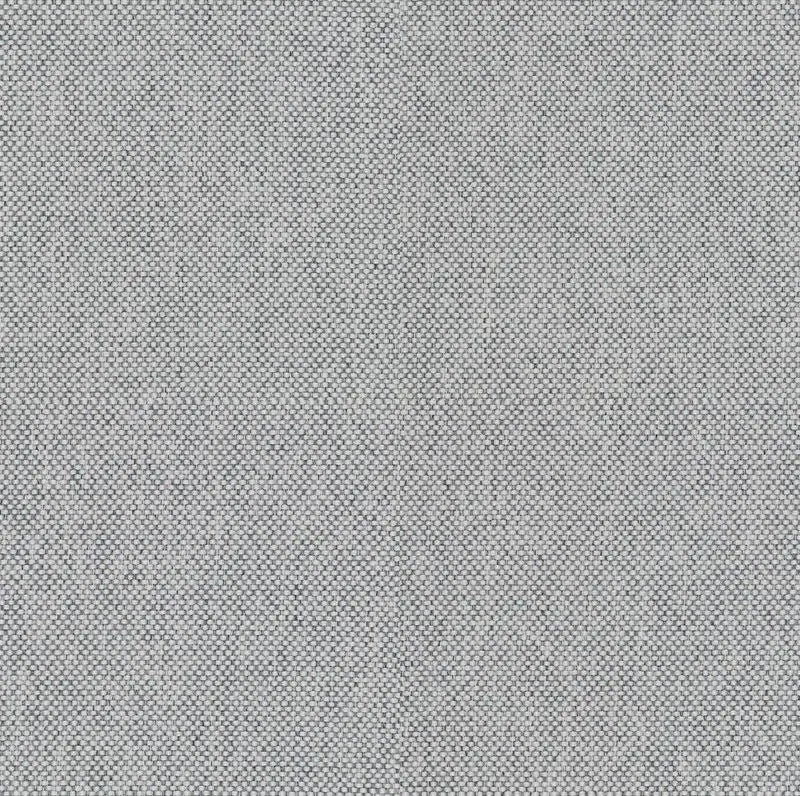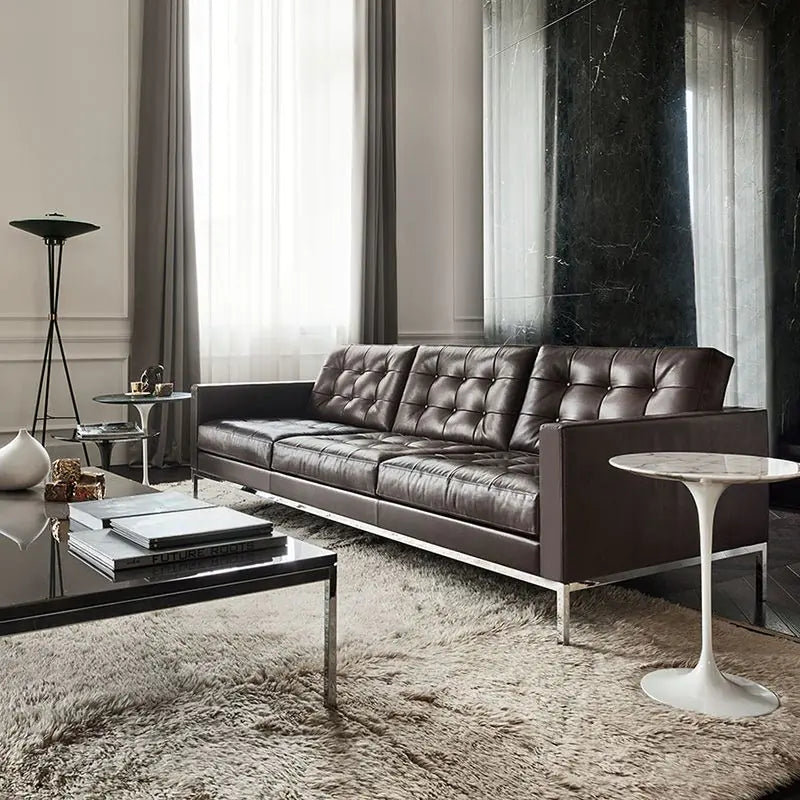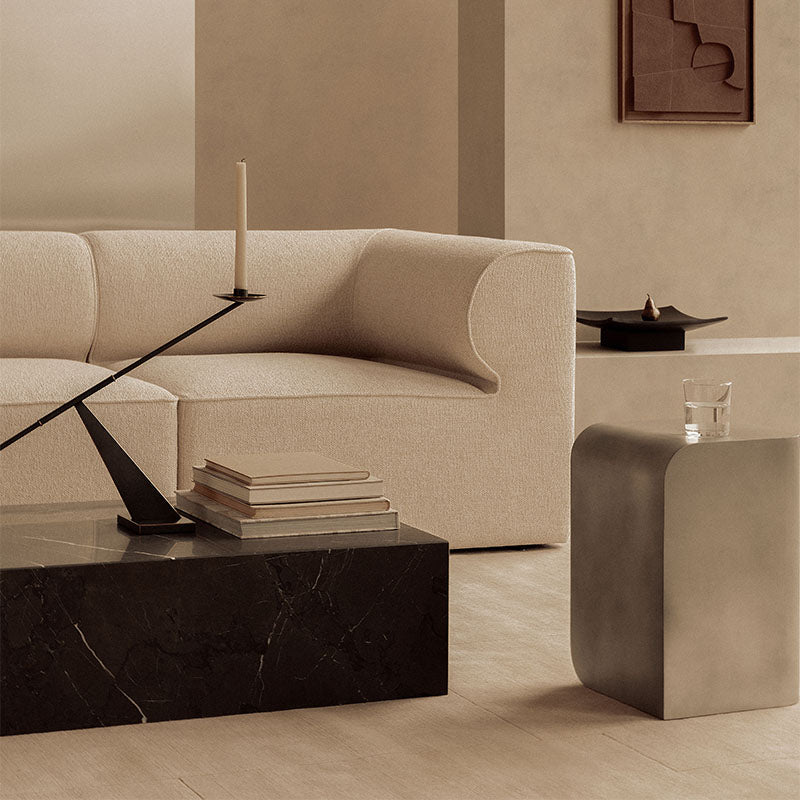Buying Guides
Choosing the right fabrics
Your home is a space to be enjoyed and your furniture is there to be used. We appreciate that some pieces are an investment and so it is important to select pieces in finishes that can best withstand everyday life. When choosing a new sofa, lounge chair or dining chair it is important to consider the upholstery fabric options so that nothing is too precious to be enjoyed. The key is to think practically when making your decision. Leather or Fabric? This is the obvious starting point.
Leather is a luxurious option and is generally a higher price grade but is generally more resilient to spills and will normally last longer than fabric. Premium leather will get better with age and form a beautiful natural patina. Over time and with use you will see gradual changes such as more depth of colour, increased suppleness and a light sheen. Every leather piece will reveal its own unique character and story.
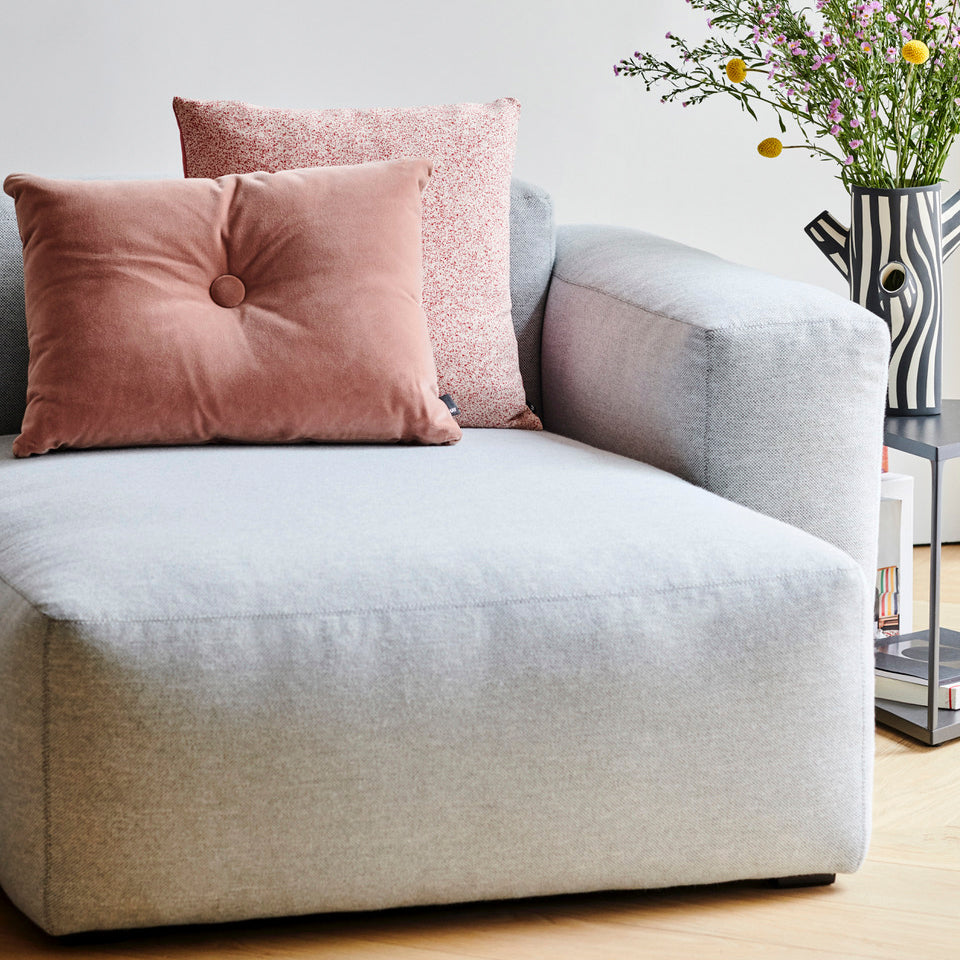
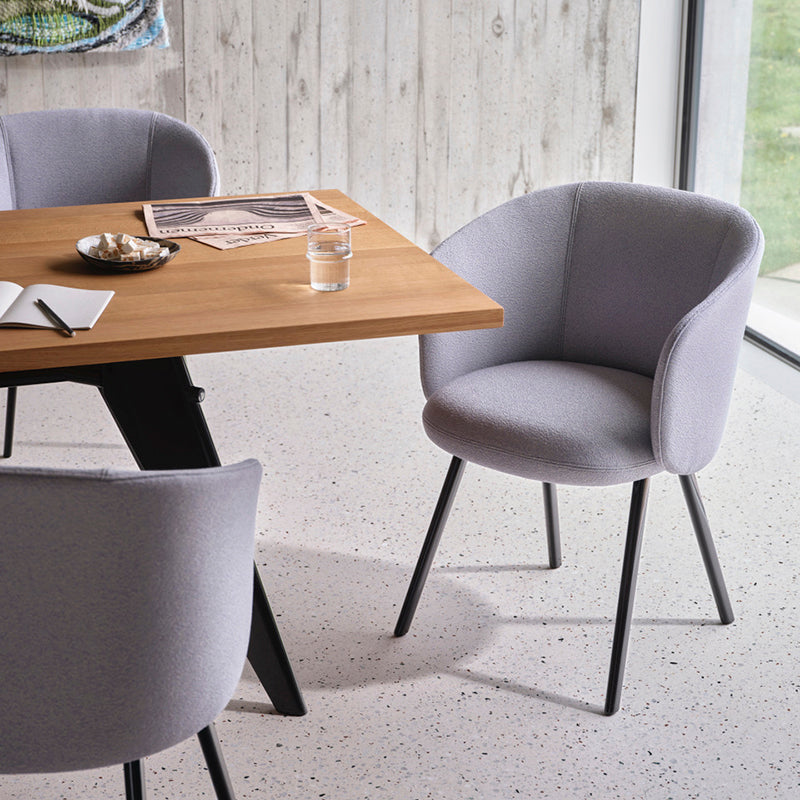
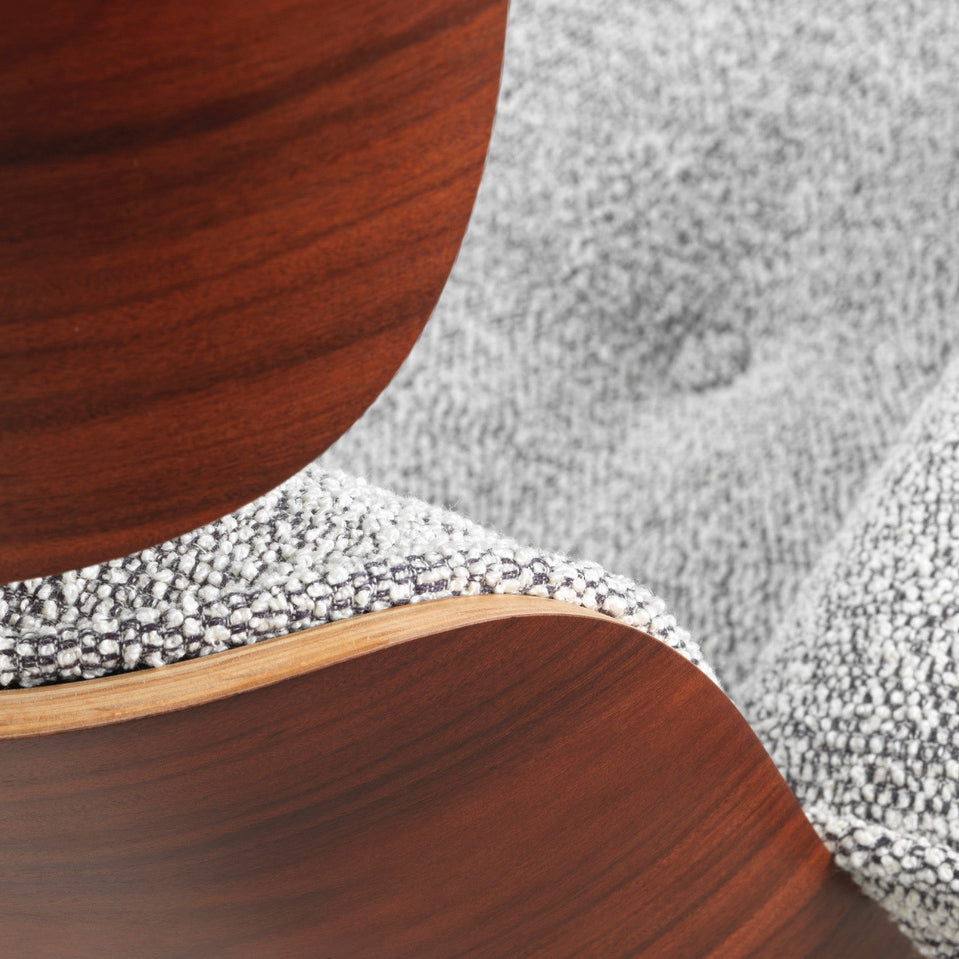
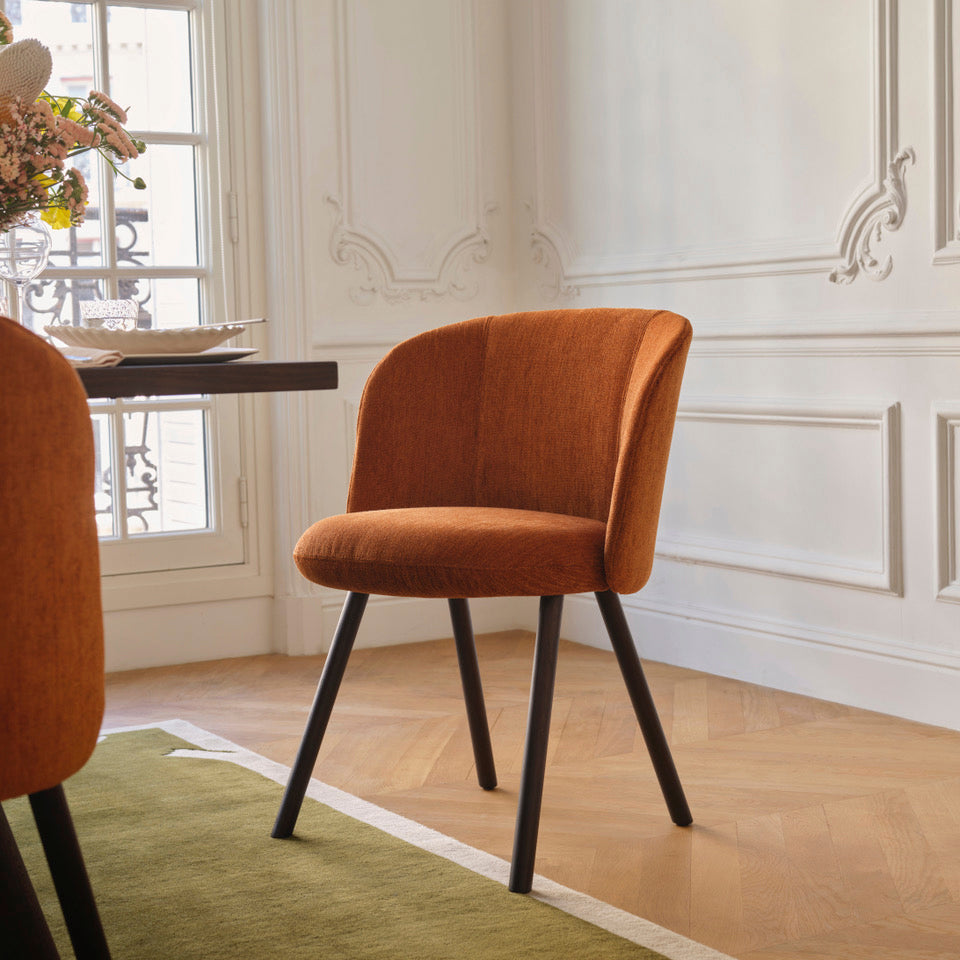
We have a wide selection of fabric options available from our brands in an array of colours and textures. There are many options to explore no matter your style, whether you are a maximalist, minimalist or somewhere in between there are beautiful options for everyone. Fabrics are generally less easy to maintain when it comes to spills and stains than leather. A sofa in a room that is going to be enjoyed by children and pets will need to be upholstered in a really durable fabric where as a piece that will be used less frequently and in a less demanding situation can afford to be less hard wearing. Velvets offer a touch of luxury, whereas chenille is a more hardwearing alternative. Woven mixed fabrics offer durability, and other interesting options such as boucle, recyclable eco-fabrics, and microfibres, are easier to clean and will withstand the wear and tear of a busy family home.
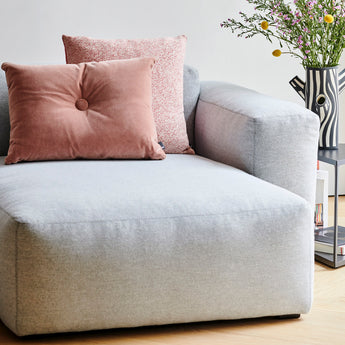
Fabric can look different depending on the room a piece is in and the light levels, colour and intensity, which can change with the season or the time of day. We always suggest to clients to request a fabric swatch to try at home and live with for a little bit. The shade of fabric batches can vary very slightly from batch to batch and so swatches are a guide. If you add extra pieces later to your room, such as an ottoman or extra chair in a fabric you already have there may be a very slight difference. Our homes are unique to our own personal style and tastes. Fabrics can enrich a room with inviting soft and cozy textures or eye-catching colour combinations.
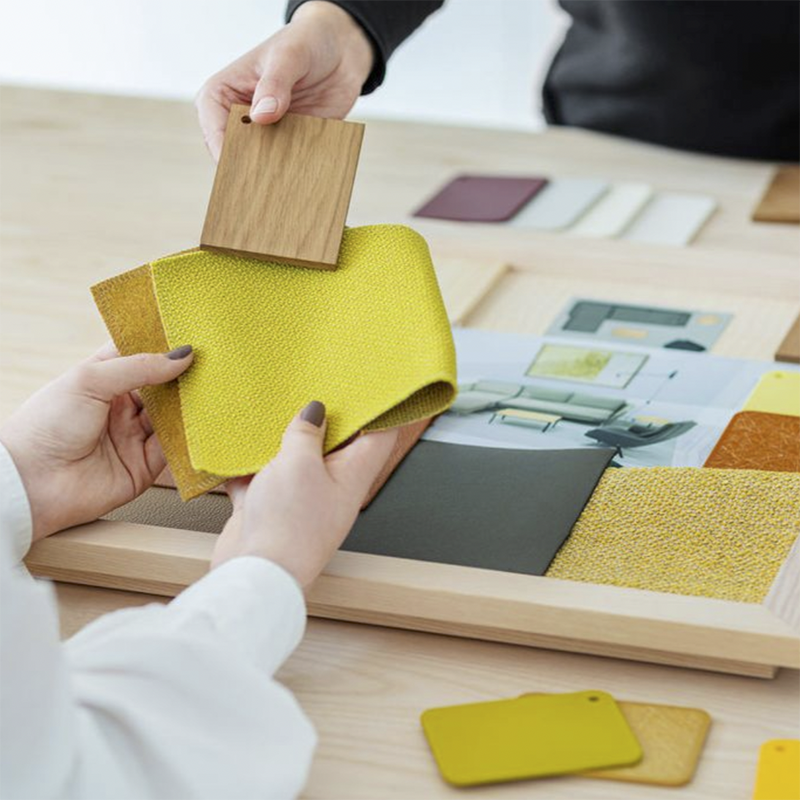
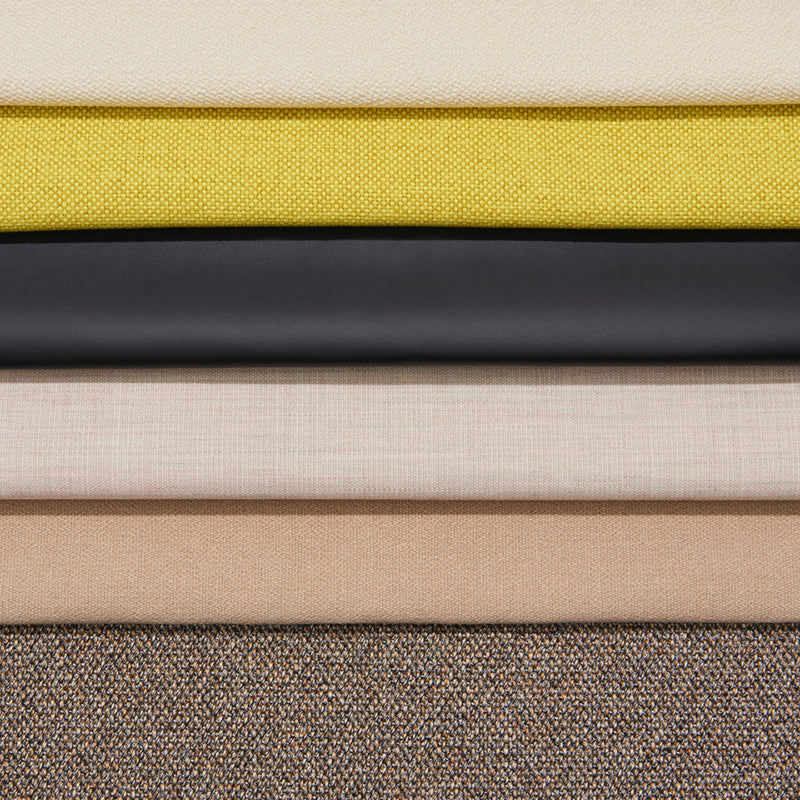
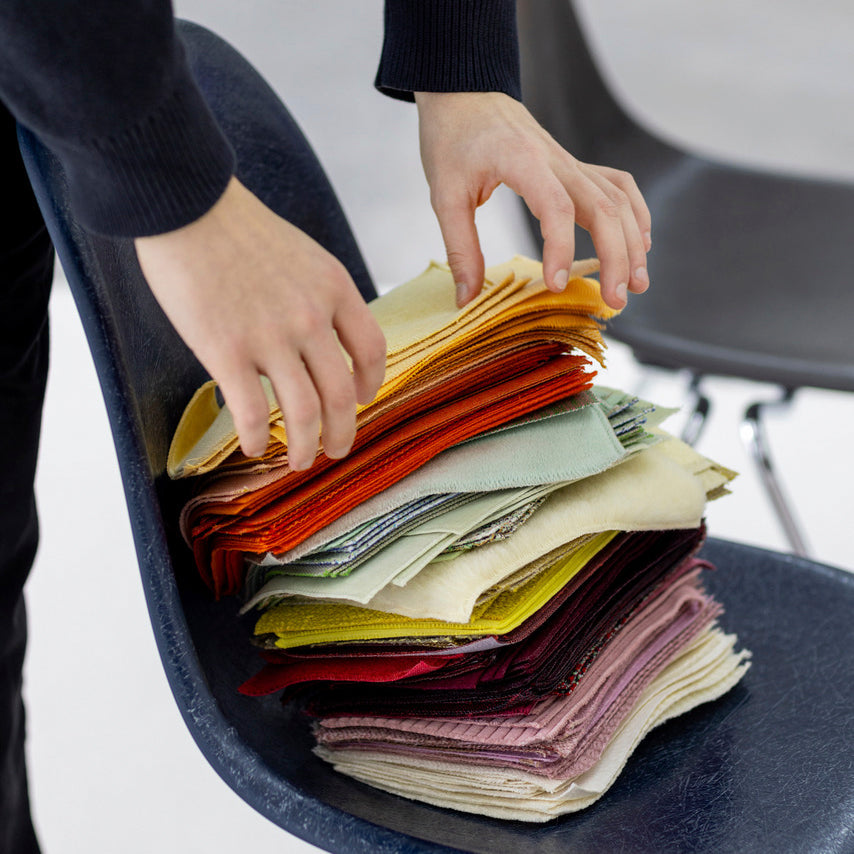
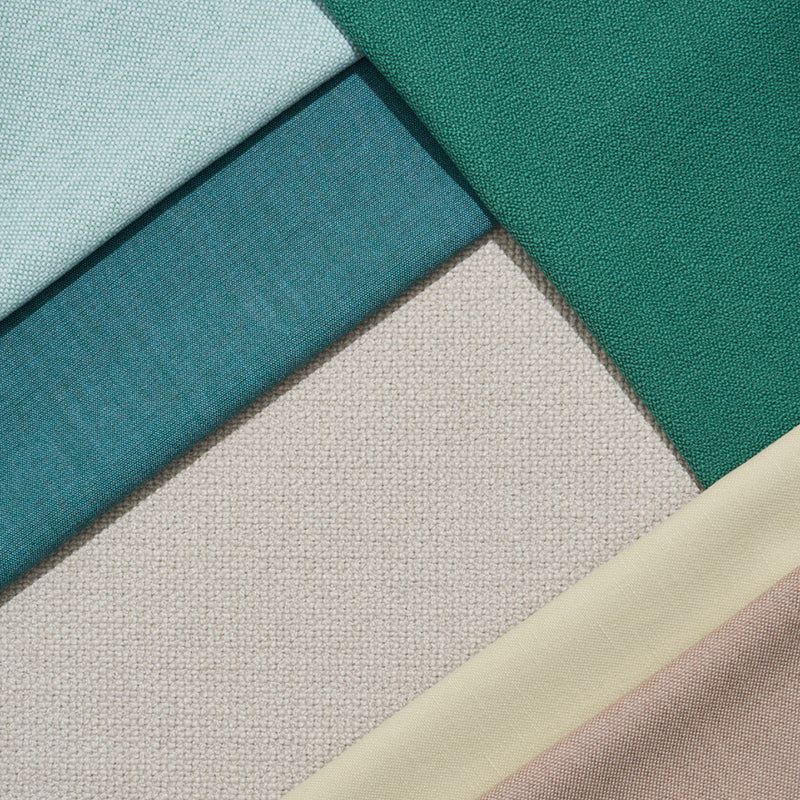
Fabric Trends
Taking inspiration from the Salon de Mobile design fair in Milan and 3 Days of Design in Copenhagen have seen lots of distinct fabric trends. Neutral coloured fabrics in beautiful textures and boucle is still everywhere as well as plush velvets in muted smokey and earthy tones. Bolder punchy colours contrasted against earthy terracottas and ochres were also showcased by many brands. Calming colours inspired by nature and bringing the outdoors in is an established style now. This is a great option for longevity of key pieces. Adding warmth and layering tactile textures and mixing natural materials and finishes is definitely an easy trend to recreate at home. Light colours will show marks more quickly, a good middle ground is a grey or taupe. Both are easy to work into just about any colour scheme, and are dark enough to hide stains and marks. Add interest by choosing one in a fabric with a texture and it is far easier to change things up and add interest with accessories, cushions and throws.
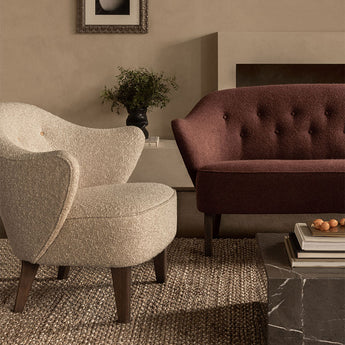
Sustainable Materials
There are many natural sustainable fabrics such as wool, linen and organic cotton. Currently consumers and manufacturers alike have a strong focus on producing and choosing products that are less harmful to the environment. As technologies advance we are seeing more innovative fabrics being used with a reduced environmental impact manufactured with recycled materials. A fantastic example of this is the fabric design Mode produced by Maharam. This popular choice for sofas by Hay has a composition of 80% recycled Polyester and 20% Polyester with an exceptionally high durability rating 100,000.
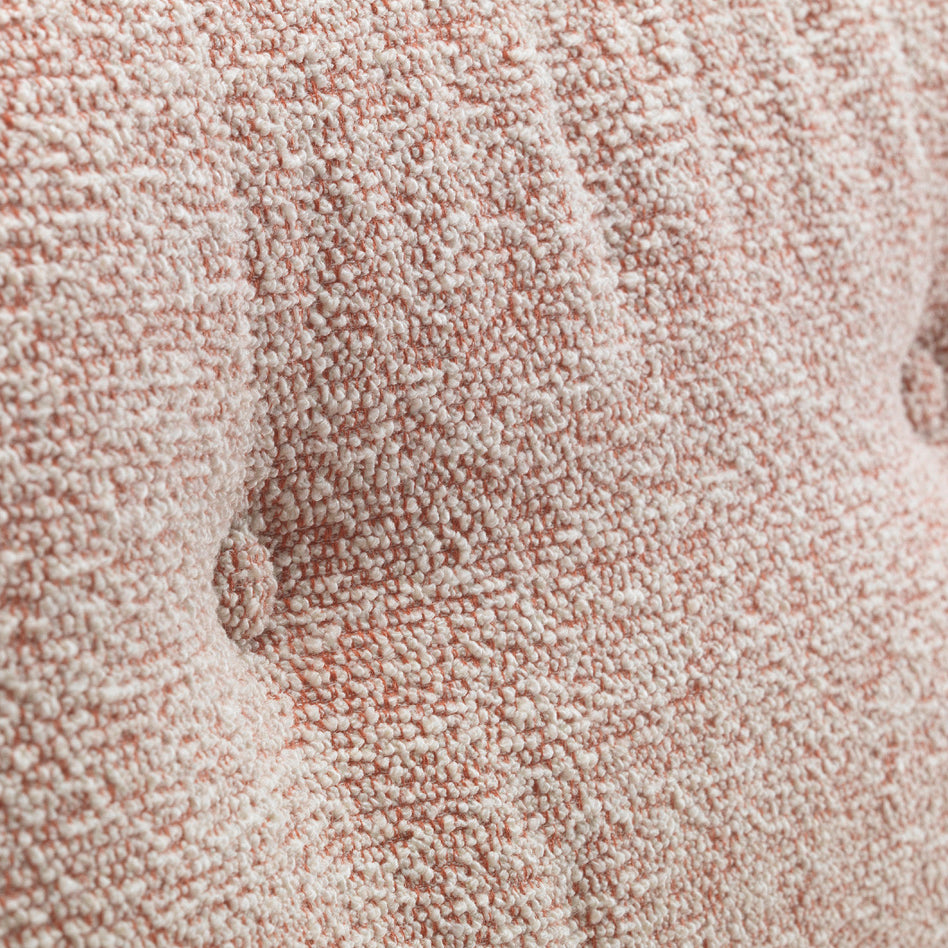
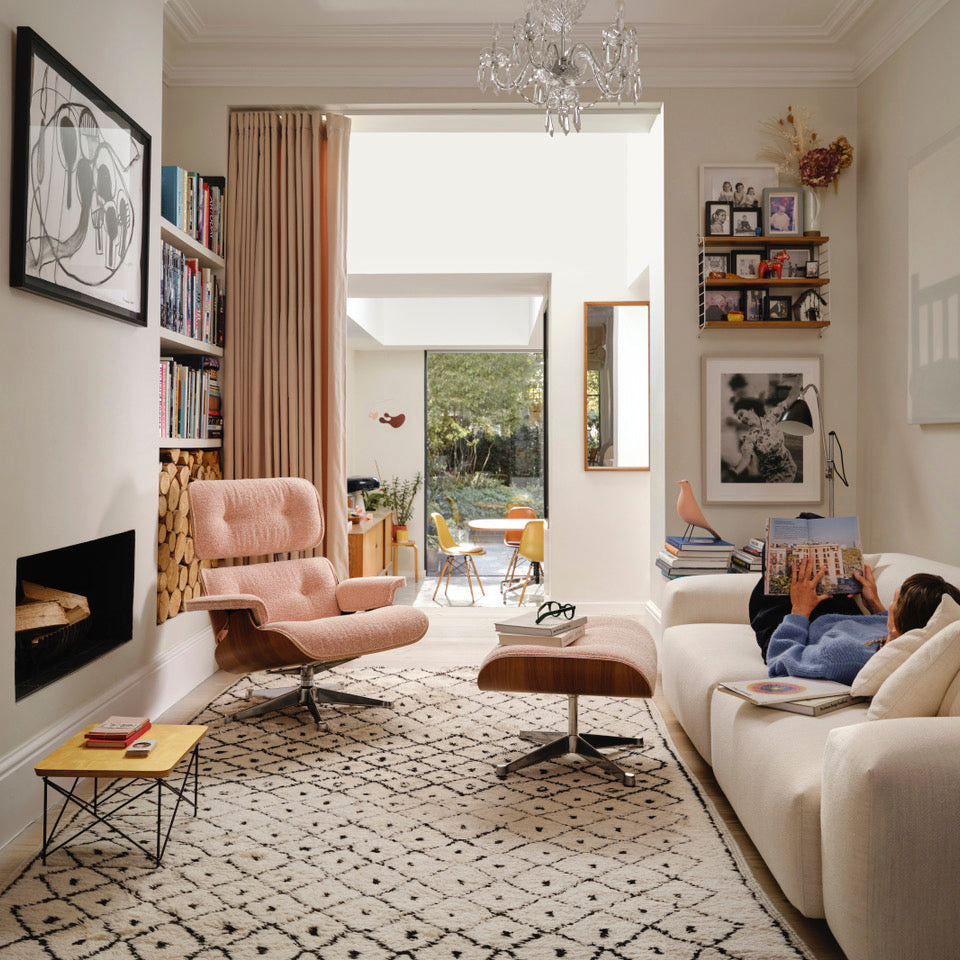
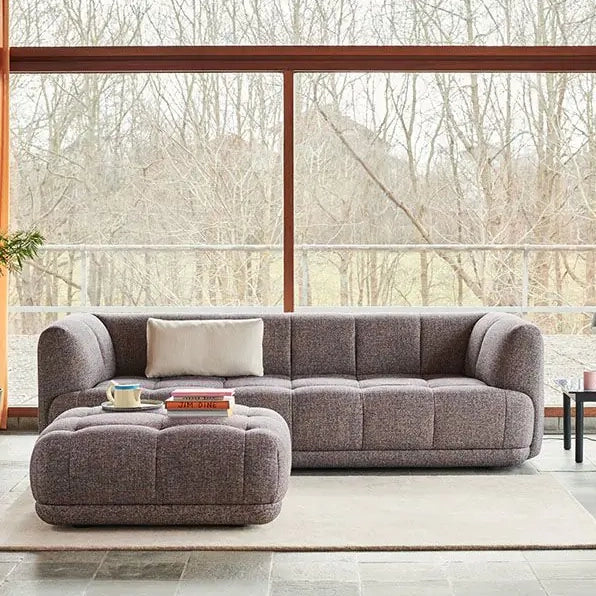
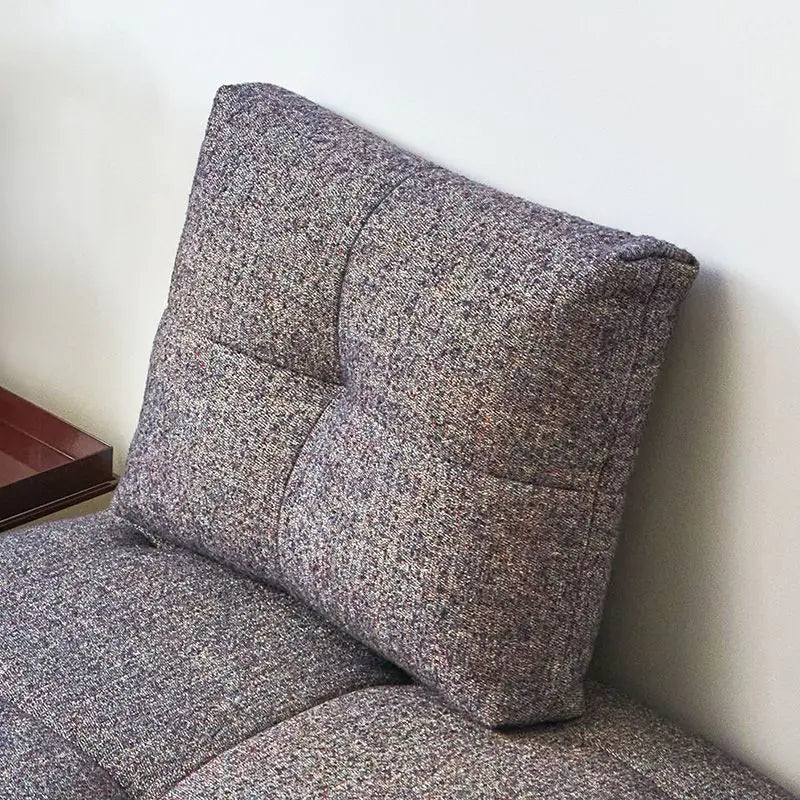
Getting Technical
Every fabric sold in the UK should have undertaken an industry standard test, the Martindale test, which is a unit that measures the abrasive resistance of textiles by simulating natural wear and tear, this is sometimes also referred to as its rub count. The higher the Martindale count the higher the ‘toughness’ of the fabric and the more resistant it is to abrasion. For domestic sofas, you want a fabric that measures between 15,000–25,000. Heavy use will be 25,000–30,000, this would be everyday use and would be ideal for families. Anything over 30,000 would be suitable for commercial use and hard traffic areas. Another technical indicator to look out for is colour fastness. This determines how long a fabric will last when kept in a location that receives direct sunlight. The scale goes from 1 to 8, and the higher the number, the more resistant the fabric will be to fading. Most importantly we ensure that the fabrics that we offer to our clients comply with The Furniture and Furnishings (Fire Safety) Regulations set levels of fire resistance for domestic upholstered furniture, soft furnishings and other products containing upholstery. If you are choosing fabrics for a commercial project then you will need to ensure your choice has a Crib 5 rating making it suitable for upholstery and soft furnishings in commercial premises such as bars, hotels and office buildings. Many of our pieces are available in Fabrics produced by Danish brand Kvadrat. Their Textile Manual offers very informative information on different fabric types, suitability and finishes as well as advice on cleaning and stain removal and ecological benefits.
Popular Fabric Brands
